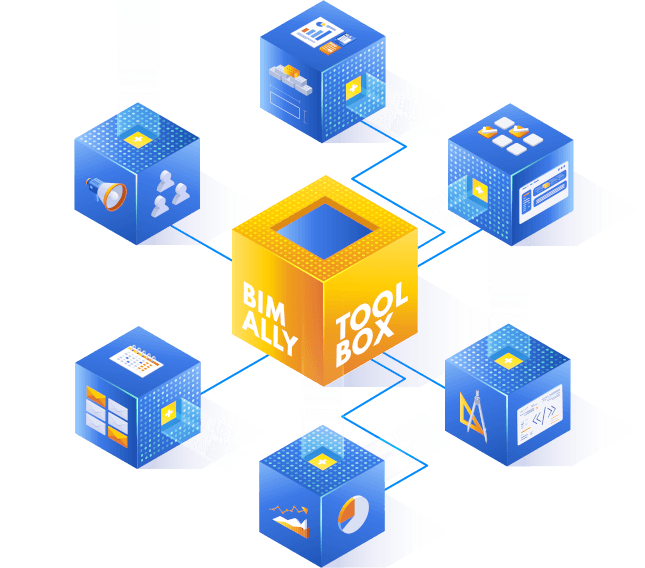The manufacturer’s experience in the implementation of the digital construction process

For a manufacturer of building materials, it is crucial that the products they produce can first be properly designed and then built in the process of constructing the facility.
This can be achieved by – firstly, ensuring an appropriate and up-to-date product database, and lastly – by providing products that meet the declared properties. Xella Polska tries to go beyond the boundaries of manufacturer requirements. The best way to showcase the entire digital construction process is to describe it with a concrete example of a pilot project that started in 2018 and ended in 2021.
Collaboration is key, not only in the case of digitization. However, when it comes to BIM, it is indispensable. The project began with working with an investor who became intrigued by the vision of communication with a manufacturer of building materials from the early design stage. The investment concerned the construction of an estate of terraced houses in a town located in the south-west of Poland.
In order to provide architects with the right design data using modern tools, it was crucial to create BIM libraries. There are a few things to remember here: you cannot exclude designers working on less popular programs (except Autodesk Revit or ArchiCAD), so open standards such as IFC come to the rescue; the consistency and timeliness of data contained in libraries is also very important. It is unacceptable to include various data in catalogs, on a website, DoPs or BIM objects. Here, the burden of responsibility lies with the producer and enters the area of digitization of the entire enterprise, which is a great challenge in itself
Since 2017, Xella Polska has its own BIM Design Department, one of the tasks of which is to support designers in the most effective use of materials in created objects. This goes beyond the rigid framework of technical consulting, because the design team develops wall models in Ytong or Silka technologies, which then serve the building designers as a basis for further work. The goal is to use the materials selected by the investor in the most optimal way, so as to take advantage of the benefits during construction, e.g. large-format elements, accelerating construction and reducing the need for the amount of physical work.
At the design stage, information is exchanged (through models) between the architect and the Xella Design Department, thanks to which the manufacturer is able to better understand the requirements of the project, and thus optimally apply its materials.
After developing the initial version of the project, the architect sends his project to the Design Department, which is then filled with more detailed information about selected materials. At this stage, a preliminary model is created with a breakdown into specific elements, and an analysis of the structure or fit of openings is also carried out in order to reduce losses resulting from cutting on-site.
The goal is the most effective use of materials at the construction site, planned already at the design stage. Such a model returns to the approval of the architect and investor, where, after final changes, it can be used to place a complete order and plan production, transport and logistics.
The 3D model itself, however, serves as a starting point for further work. Using 4D simulations, we create work progress schedules and optimize the method of their installation. This is especially important in the case of large-format or prefabricated elements.
At the beginning of 2021, Xella also introduced the service of its own assembly of walls at the construction site. As a result they are able to offer a full range of services, which they called wall-as-a-service. All activities related to the wall – from designing in BIM, through production, transport and logistics to on site assembly – come from a single entity. However, the work does not end after bricking. A post-completion scan of the entire facility was also used in the pilot project. This made possible to compare the executive model with the actual state, thanks to which in the future it will be possible to better optimize projects at an earlier stage. In this case, the key is efficient and lossless transfer of data from the point cloud and using them in BIM models. Such scans, along with the BIM model, can then be made available to the general contractor, investor or building manager in the case of larger investments.
The progress in digitization of construction may not be stunning compared to other industries, but it is slowly entering more areas of this traditional branch of the economy. From the very beginning of its existence, Xella Polska focused on an energy-saving solution, and an innovative one, which is why it was a natural step to use BIM alongside a broad digitization, and to weave them into everyday processes.
“Xella Polska – a new look at BIM from the perspective of a building materials manufacturer” Paweł Górski, BIM Manager of Xella Polska

BIM ALLY TOOLBOX will equip your company with tools and services, thanks to which you will be able to effectively manage cooperation with both current and newly acquired designers.